At age 21, Marcel Proust is extremely pale, with large, lugubrious brown eyes and a wispy moustache over a sensuous mouth. It is 1892 and in Jacques-Émile Blanche's portrait of the dandy, socialite and aspiring writer, Proust is dressed for an evening out in Belle Époque Paris.
Glittering soirees are recorded in paintings of the period, among the 280 works of art, photographs, manuscripts, letters, video and audio recordings on exhibit in "Marcel Proust, a Parisian Novel", which marks last year's sesquicentennial of Proust's birth and this year's centenary of his death, at the Musée Carnavalet until April 10th.
Men in formal dress and women in extravagant gowns by Worth and Fortuny linger beneath sparkling chandeliers. The women are always beautiful, the conversation always witty. Wedged into 43 years between the Franco-Prussian war and ensuing Paris Commune and the first World War, the Belle Époque was a blessed interlude that was too good to last.
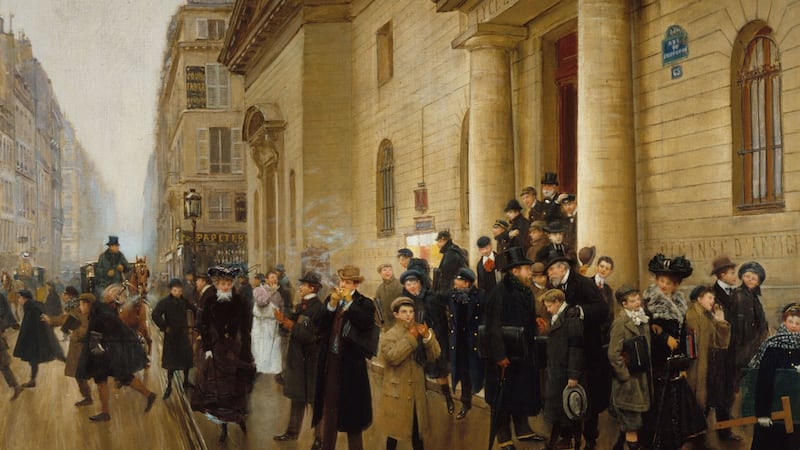
An orchid adorns the lapel of Proust’s dinner jacket. He had suffered his first asthma attack at age 10 and was allergic to flowers, except orchids, which have no scent. Years later, when Proust was an invalid under his own version of a lockdown at 102 Boulevard Haussmann, his housekeeper would screen visitors to ensure they had not been in close contact with flowers.
Cattleya
The orchid in Proust's lapel appears to be a cattleya, the variety worn by the fictional demi-mondaine Odette de Crécy on her bosom on the night when Charles Swann makes love to her for the first time in Proust's gargantuan novel In Search of Lost Time. Thereafter, the couple refer to the sexual act as "faire cattleya". Like most of the characters in Proust's novel, Odette and Swann are an amalgam of people he knew in real life.
Proust lived on the right bank of the Seine, mostly in the 8th arrondissement. Blanche's portrait hung in every apartment he inhabited. The writer was obsessed with the passage of time. In a reversal of Oscar Wilde's Dorian Gray, Proust aged while the painting remained unchanged.
“The moving thing about Blanche’s painting, and what has doubtless made it so famous, is that he is presented as forever young, whereas we know that he suffered a great deal, from asthma but also from being so sensitive,” says Anne-Laure Sol, the commissioner of the exhibition at the Musée Carnavalet.
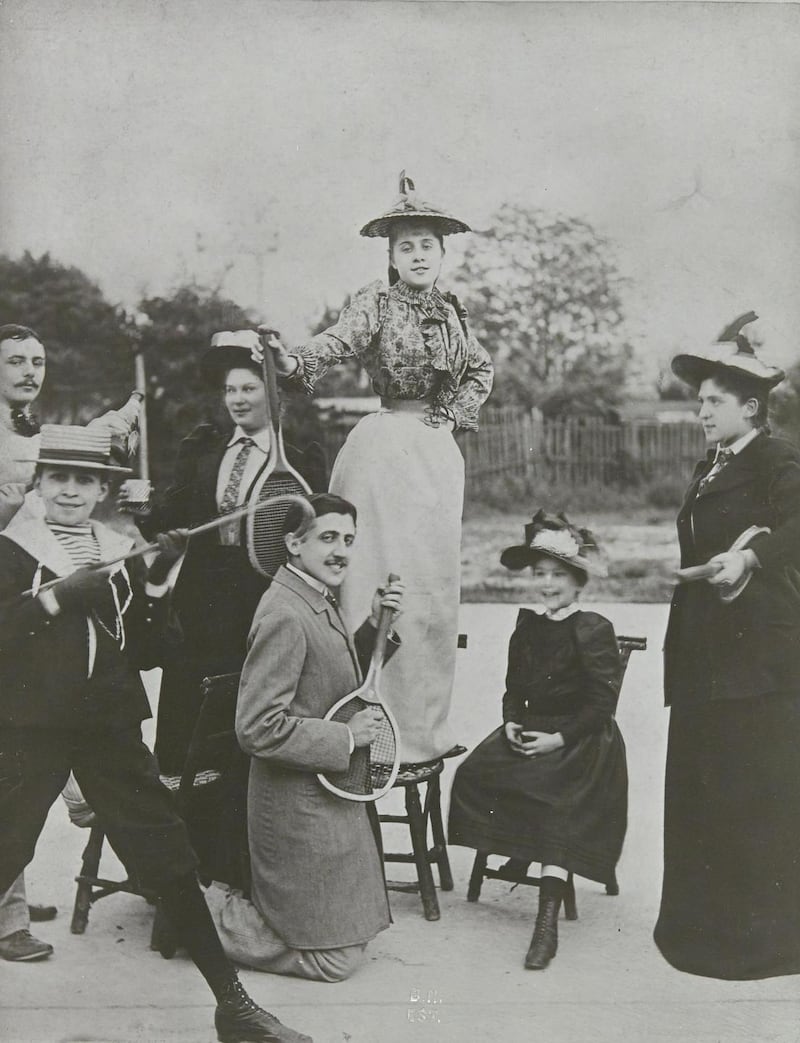
Though a semi-recluse for the last third of his life, Proust filled his cork-lined apartment with modern inventions
Proust kept the friends he made at the Lycée Condorcet for the rest of his life. They included Jacques Bizet, his first homosexual flirtation and the son of the composer Georges Bizet. The Venezuelan Jewish composer Reynaldo Hahn, Proust's first lover, at age 20, taught him to appreciate romantic and impressionist music. The fictional composer Vinteuil is thought to have been based on Débussy, Fauré, Franck and Saint-Saëns. Proust's affairs never lasted more than two or three years, but he and Hahn remained friends, and Hahn was present when Proust died at age 51.
Proust often linked art and music to feelings of love. Swann, an art critic, falls in love with Odette because she resembles a character painted by Botticelli in the Sistine Chapel frescoes. The couple call a sonata by Vinteuil their “national anthem”.
Technological change
Belle Époque Paris was a time of great technological change, when the automobile, telephone and Paris Métro were coming into wide usage. Though a semi-recluse for the last third of his life, Proust filled his cork-lined apartment with modern inventions: a typewriter on which his driver and secretary, Alfred Agostinelli, typed manuscripts, a self-playing pianola, a telephone and a "théâtrophone", an early form of radio, which enabled Proust to listen to live performances at the Paris Opera from his bed. The cork panels on Proust's walls were intended to reduce noise. He also bribed the upstairs neighbours' servants to wear slippers.
Proust loved Agostinelli so much that he invited him to live – with his wife – in the Boulevard Haussmann apartment. Proust was terribly jealous and hired a private detective who rang every evening with a full account of Agostinelli’s activities that day. The exhibition includes Proust’s notes on the detective’s reports.
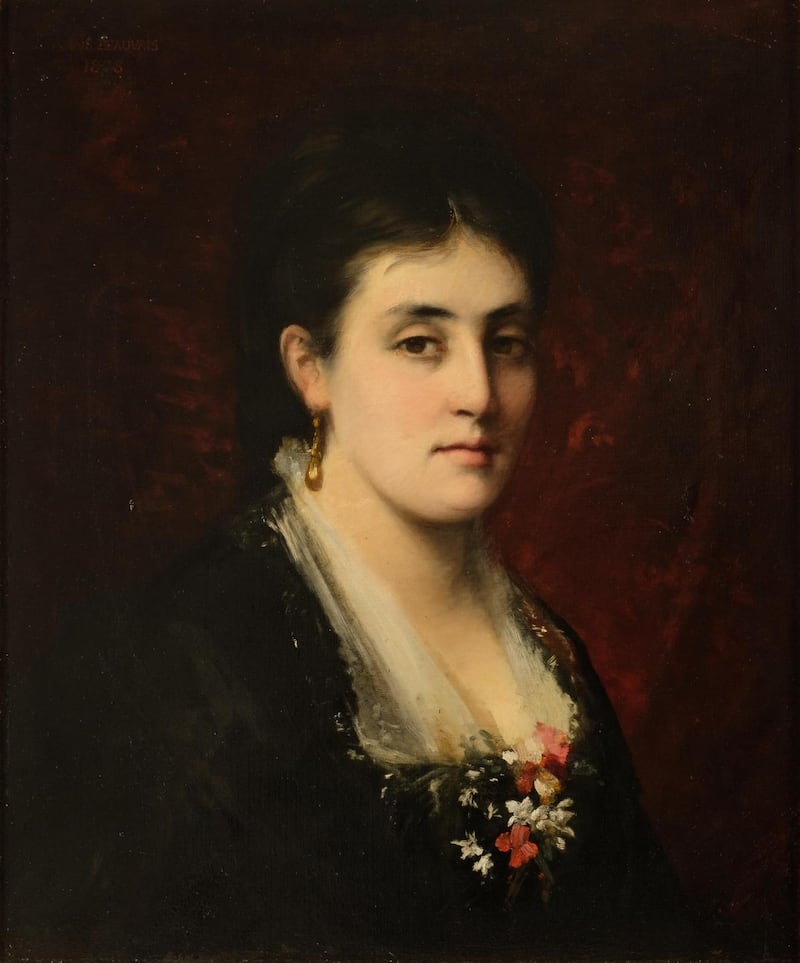
The relationship rapidly became oppressive. Agostinelli and his wife left for southern France. An amateur pilot, he died in a plane crash. Proust transposed his relationship with Agostinelli into that between the narrator and Albertine, the bisexual young woman whom the narrator/Proust loves obsessively and keeps as a virtual prisoner in his Paris apartment.
A portrait of Proust’s mother Jeanne, née Weil, also hung in the writer’s apartment. Mother and son resembled one another closely. Asked in childhood what was the worst thing he could imagine, Proust responded, “to be separated from Maman”. In the first volume of his great novel, the narrator devises an elaborate stratagem to inveigle his mother to momentarily leave dinner guests to come to his room.
Depression
When Jeanne Proust died in 1905, Marcel suffered from depression and checked himself into a clinic for nearly two months. He then moved to an apartment at 102 Boulevard Haussmann, because it was "the only one I could find that Mother knew". Proust received friends, lying on his bed, fully clothed and wearing white gloves to prevent him chewing his fingernails. He wrote into his novel the gossip and details of social life which they recounted. Proust ventured out only occasionally, usually late at night and to the Ritz. Because he feared catching cold, he wore a large, fur-lined coat with an otter collar.
In Search of Lost Time is not limited to the Parisian upper classes. Proust was intensely curious about the world of concierges and cooks, bellboys and valets. In the Sodom and Gomorrah volume of the novel, he recounts sexual relationships, sometimes sado-masochistic, between one of his most intriguing characters, the Baron de Charlus, and servants. Jupien, one of Charlus’s lovers, opens an all-male brothel called the Temple of Debauchery. The Carnavalet exhibition includes a police report of Proust’s arrest in 1918 at such a brothel, where he was found drinking champagne with young men.
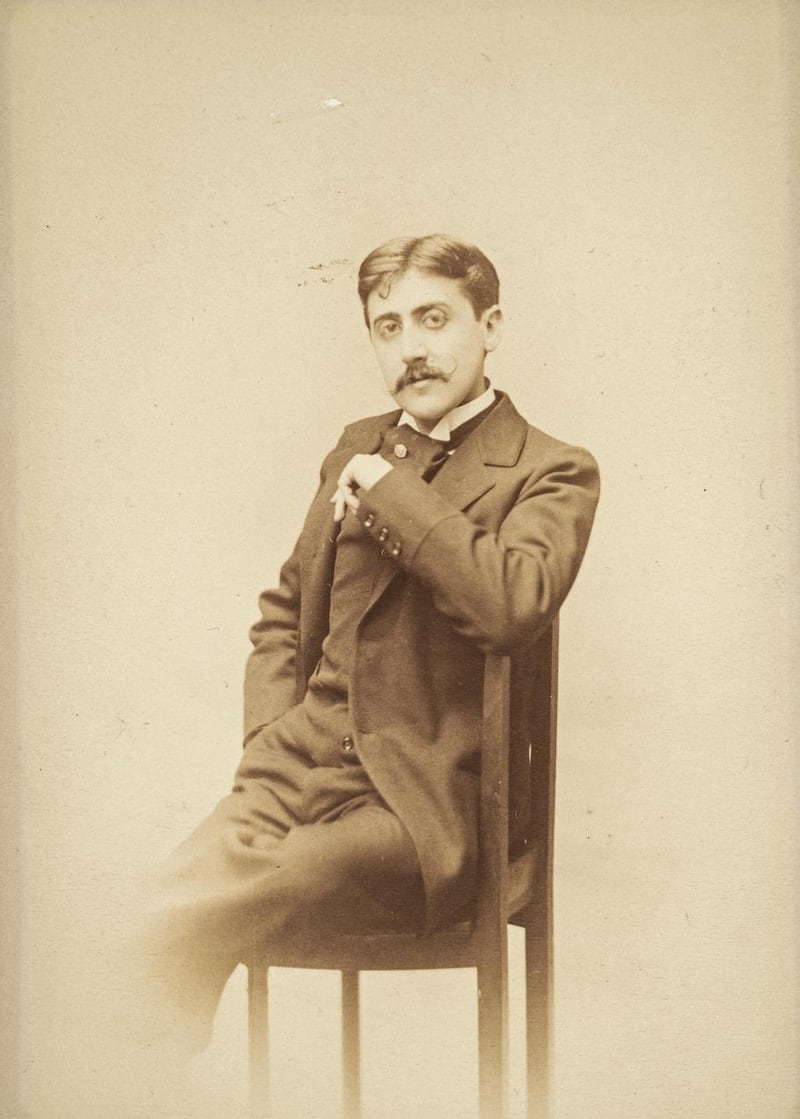
Proust thought true communication between humans was impossible, and that passion was a source of suffering
Proust made what Anne-Laure Sol calls “a daring comparison” between Jewishness and homosexuality. Though Proust was baptised a Catholic and made his first communion, he was Jewish on his mother’s side. His parents were secular and the family practiced no religion. “In the novel, he makes a parallel between what the Old Testament calls ‘the accursed race’ and the ‘race of aunts’ – Proust’s term for homosexuals,” Sol explains. “He witnessed the anti-Semitism of French society during the Dreyfus affair, and saw that both Jews and homosexuals were outcasts.”
Proust thought true communication between humans was impossible, and that friendship was useful mainly for what it revealed about oneself. He believed that passion was a source of suffering, not understanding.
Interviews
Roger Stéphane's superb 1962 documentary Marcel Proust, Portrait Souvenir, which can be watched free of charge on YouTube, features interviews with many of those who knew Proust best, including the artist and writer Jean Cocteau. Several of the interviews are shown on video screens at Carnavalet.
The French writer and Nobel laureate François Mauriac told Stéphane that Proust became terribly cynical about love and friendship. “This man, so likeable, so charming, who covered you with protestations of friendship, did not believe that friendship existed,” Mauriac said. “As for love, the thing I most admire about Proust is that, despite the way he was, he managed in Swann’s Way to create the most normal, perfect portrayal of love.”
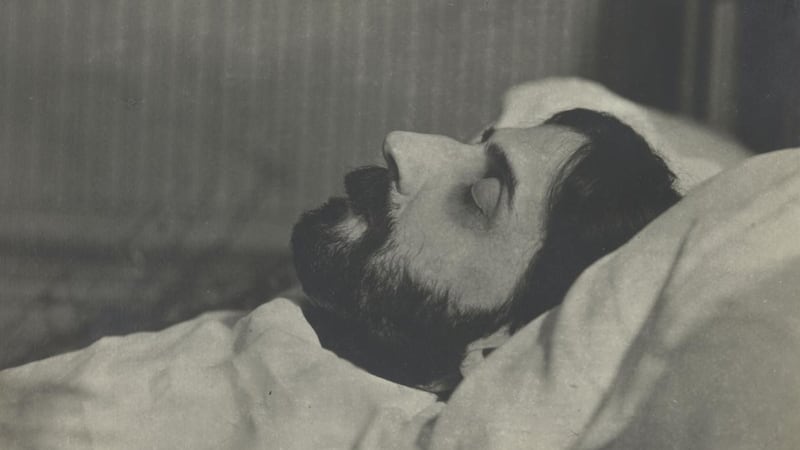
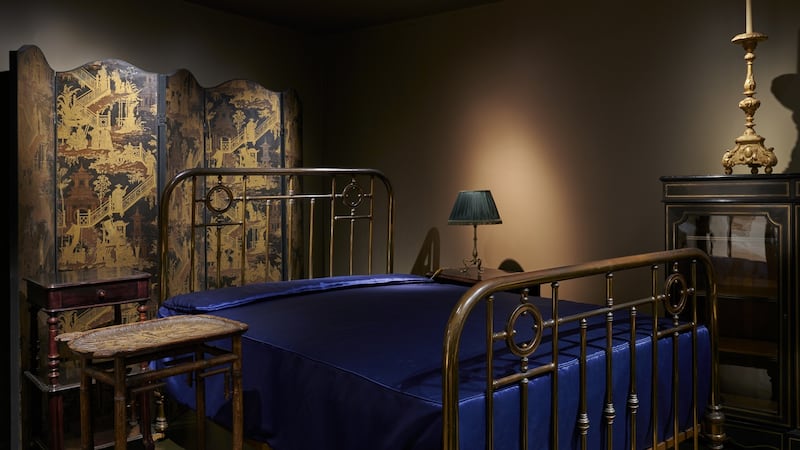
Céleste Albaret was Proust’s devoted housekeeper and secretary for the last eight years of his life. Though uneducated, she knew instinctively that he was writing a masterpiece. Her interview with Roger Stéphane plays on a video screen at the Musée Carnavalet, next to the brass bed where Proust wrote what many consider to be the greatest literary masterpiece of the 20th century.
Albaret recounts Proust’s last days. “He told me that death was coming for him, and that he would hate to have worked so hard and left it unfinished. One morning when I arrived, he said, ‘Dear Céleste, I have great news to tell you, something immense, so good. I wrote the word ‘End’. I can die now’.”
Ultimately, the novel is about time, which appears not only in the title, but in the first and last lines.
At the end, the narrator trips on paving stones in the courtyard of the mansion of the Duke and Duchess of Guermantes. In an instance of what Proust called “involuntary memory”, he is transported to Saint Mark’s Basilica in Venice. The experience is similar to the much earlier flashback to his childhood, brought on by the taste of a small cake called a Madeleine dipped in tea.
“All disquiet over the future, all intellectual doubt . . . regarding the reality of my literary skills, or even the reality of literature, were lifted as if by enchantment,” Proust wrote. His narrator – Proust himself – had found his vocation as a writer.
Proust’s oeuvre had killed him, but art triumphed over time.














